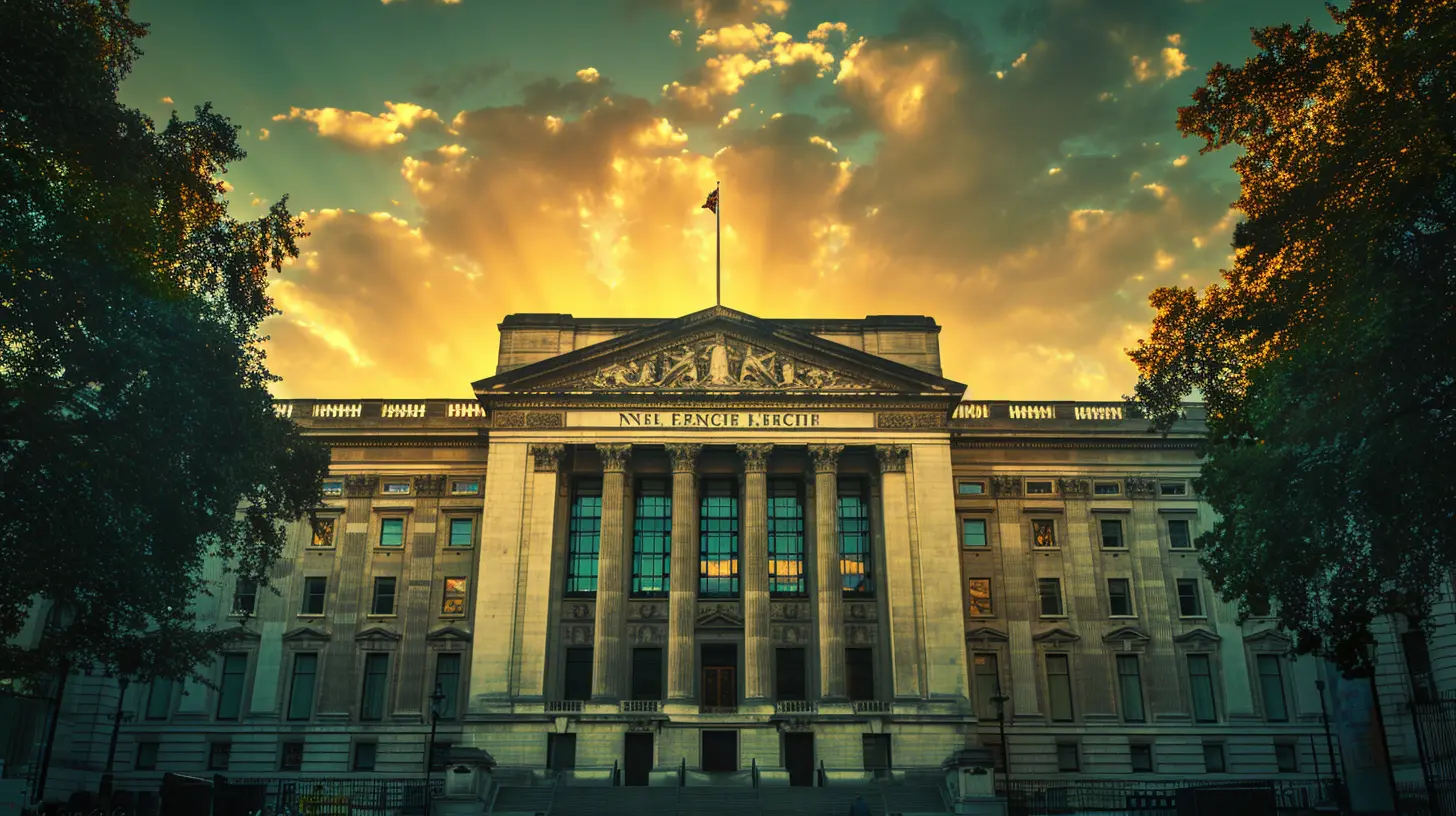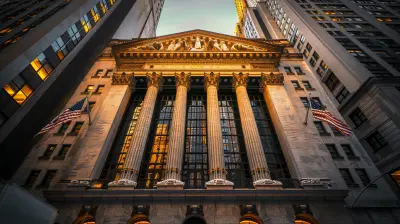How the Yield Curve Predicts Interest Rates and Economic Health
4 August 2025
When it comes to predicting the future of the economy, financial experts rely on various indicators. One of the most powerful and fascinating tools is the yield curve. It’s like an economic crystal ball—offering insight into where interest rates might be headed and whether we should brace for good times or an economic storm.
But what exactly is the yield curve, and how does it help predict economic health? Let’s break it down in a way that makes sense, even if you're not a financial guru.

What Is the Yield Curve?
At its core, the yield curve is simply a graph that shows the relationship between interest rates and the maturity of U.S. Treasury bonds. It plots short-term, medium-term, and long-term interest rates on a chart. The shape of this curve can tell us a lot about where the economy is heading.Think of it like a roller coaster ride. Sometimes it's climbing steadily, sometimes it dips, and sometimes it twists into unexpected shapes. Economists and investors pay close attention to these movements because they can offer clues about future interest rates and economic health.

Understanding the Shapes of the Yield Curve
The yield curve isn’t always the same. It changes based on investor expectations and economic conditions. There are three main shapes:1. Normal Yield Curve (Upward Sloping)
A normal yield curve slopes upward, meaning that longer-term bonds have higher yields than short-term bonds. This makes sense—if you’re tying up your money for a longer period, you expect to earn more interest.This shape signals a healthy economy. Investors are confident about future growth, inflation is steady, and there’s no immediate concern about a recession.
2. Inverted Yield Curve (Downward Sloping)
An inverted yield curve happens when short-term interest rates become higher than long-term rates. In simple terms, investors are so worried about the future that they pour money into long-term bonds, pushing those yields lower.An inverted yield curve has historically been one of the most reliable recession indicators. Nearly every U.S. recession in the past 50 years has been preceded by an inverted yield curve.
3. Flat or Humped Yield Curve
Sometimes the yield curve becomes flat or humped, meaning short-term and long-term interest rates are nearly the same. This suggests the economy is at a turning point—either transitioning from growth to slowdown or vice versa.When the yield curve flattens, it doesn’t scream "recession" just yet, but it does hint at slowing growth and potential instability ahead.

Why Does an Inverted Yield Curve Predict Recession?
You might be wondering—why does an inverted yield curve predict a recession so accurately? It all comes down to investor behavior and the Federal Reserve’s actions.When the economy is strong, short-term interest rates are usually lower than long-term rates. But when the Fed raises interest rates to combat inflation, short-term rates climb. If investors believe a recession is coming, they rush to the safety of long-term bonds, driving yields down. This results in an inversion of the curve.
It’s like a giant red flag. Businesses and consumers notice this shift and start cutting back on spending and hiring, which can trigger an actual recession. It becomes a self-fulfilling prophecy.

Historical Accuracy of the Yield Curve as a Predictor
If you're skeptical about the yield curve's predictive power, let's look at history:- 2008 Financial Crisis: The yield curve inverted in late 2006 and early 2007, well before the housing market collapsed and plunged the economy into a deep recession.
- 2001 Recession: The yield curve inverted in 2000, forewarning the dot-com bubble burst and ensuing slowdown.
- 1990 Recession: Another yield curve inversion happened in 1989—right before the 1990 recession hit.
These examples make it clear—when the curve flips, trouble often follows.
How the Yield Curve Affects Interest Rates
The yield curve doesn’t just predict recessions; it also plays a crucial role in shaping future interest rates.Impact on the Federal Reserve’s Decisions
The Federal Reserve closely monitors the yield curve when setting monetary policy. If the curve inverts, the Fed might lower short-term interest rates to stimulate the economy and avoid a recession. Conversely, if the curve steepens too much, the Fed may need to increase rates to curb inflation.Impact on Loans and Mortgages
For everyday consumers, the yield curve influences mortgage rates, credit card interest rates, and business loans. When the curve is normal, borrowing costs remain predictable. But when it inverts, lenders may tighten their restrictions, making it harder to get affordable loans.For instance, if you're planning to buy a home, an inverted yield curve might signal higher mortgage rates ahead. That’s why savvy borrowers pay attention to this key indicator.
What Should Investors Do When the Yield Curve Inverts?
If the yield curve inverts, does that mean you should sell all your stocks and run for the hills? Not necessarily. While an inversion is a warning sign, it doesn’t mean a recession will happen immediately.Here’s how investors can navigate this situation:
1. Diversify Your Portfolio – Consider balancing between stocks, bonds, and other assets to spread risk.
2. Increase Cash Reserves – Having liquidity can help weather stormy markets.
3. Look at Defensive Stocks – Sectors like healthcare and utilities tend to perform well in economic downturns.
4. Pay Down Debt – If a recession is looming, reducing high-interest debt can provide financial flexibility.
Is the Yield Curve Always Right?
While the yield curve has a strong track record, it’s not 100% infallible. Sometimes it sends signals that don’t immediately result in a recession. External factors like government intervention, global trade issues, or unforeseen events (like a pandemic) can alter the outcomes.For example, in 2019, the curve briefly inverted, raising concerns about a recession. But then, the COVID-19 pandemic hit, complicating the economic landscape in unpredictable ways.
So, while the yield curve is a powerful forecasting tool, it should be used alongside other economic indicators.
Final Thoughts
The yield curve is one of the most reliable and closely watched indicators of economic health. Whether you’re an investor, a business owner, or just someone trying to understand where the economy is heading, keeping an eye on the yield curve can provide valuable insights.An inverted yield curve doesn’t mean panic—it means preparation. If history is any guide, it’s a signal that things may slow down. By understanding the curve and its implications, you can make smarter financial decisions and navigate economic uncertainties with confidence.
all images in this post were generated using AI tools
Category:
Interest RatesAuthor:

Yasmin McGee
Discussion
rate this article
1 comments
Daisy Gates
Hidden signals await discovery.
August 25, 2025 at 2:25 AM

Yasmin McGee
Absolutely! The yield curve can reveal subtle indicators about future economic conditions, making it a vital tool for understanding market dynamics.


